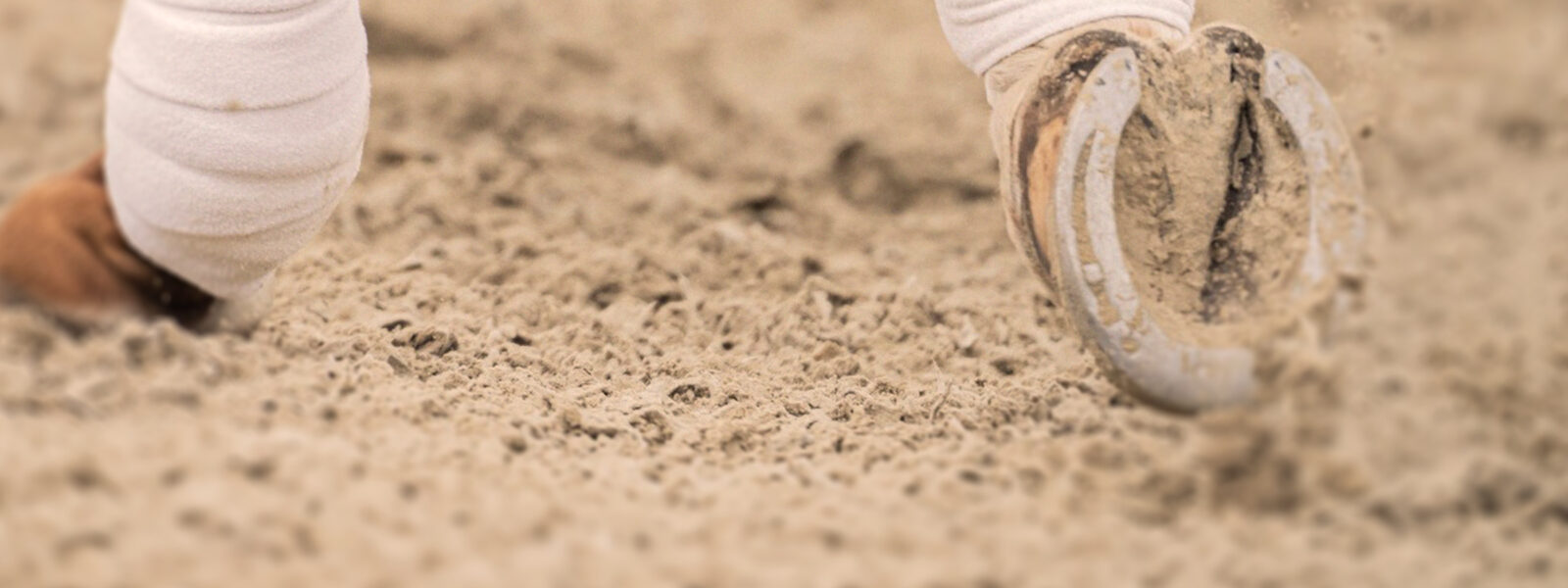Riding surfaces and other exercise areas should be regularly cleared of manure and other impurities in the footing, including leaves. Otherwise, fungi and bacteria may take hold in the sand through these organic elements, which can then lead to health issues for the horses. The decaying of organic materials in the surface may also lead to increased dust. In addition to cleaning, riding arena maintenance also involves regularly smoothing out the track and levelling the entire area with a suitable leveller. How often depend on the intensity of use: the more frequently the surface is used, the more often you should drag – and thus realign – the footing. Ideally the surface should first be levelled and then watered, so that the moisture will be evenly distributed across the surface.
Surface Maintenance
Proper and regular maintenance is essential if you wish to enjoy the special properties and functionality of your riding surface long-term. This requires both the tools for this purpose as well as your own effort.
Watering the surface, in addition to regular clearing and levelling, is a must. The ideal amount of water to apply is often difficult to gauge, as this depends on the intensity of use and on weather conditions, and so will vary. As a rule of thumb, the surface should always have a consistent ground moisture. The sand’s functionality is only ensured with a sufficient amount of water, as the water has a stabilising and binding effect on the sand. We recommend that the surface be regularly watered, but not overwatered. Overwatering the surface may cause fine particles, which help bind the surface and provide stability, to be washed up and can destabilise the surface. Too little water, however, will also have a negative impact on functionality and riding properties, because sand which is too dry will be too deep. Both over- and underwatering will negatively influence the surface’s grip and shear strength.
There is an easy trick to determining the optimum degree of moisture for the footing: Take some of the sand from the top layer, and shape it into a ball with your hands. If it crumbles, it’s too dry, and if it dissolves, it’s too wet.
If you sense that the footing is uneven or that it has waves, have the surface realigned with a Laser-Grader. Surface unevenness may be caused by lunging, riding mostly on the track or frequent use of a circle and should be remedied so that the surface has a consistent footing thickness throughout. The footing should also be topped up if necessary.
When building a new surface or completely renovating the footing, the sand will need some time to “set” properly, i.e. to compress and interlock. It is especially important then that the surface be regularly dragged and watered.
- Coordination with requirements and conditions
- Expertise for effective care
- Optimum utilisation for a longer service life
